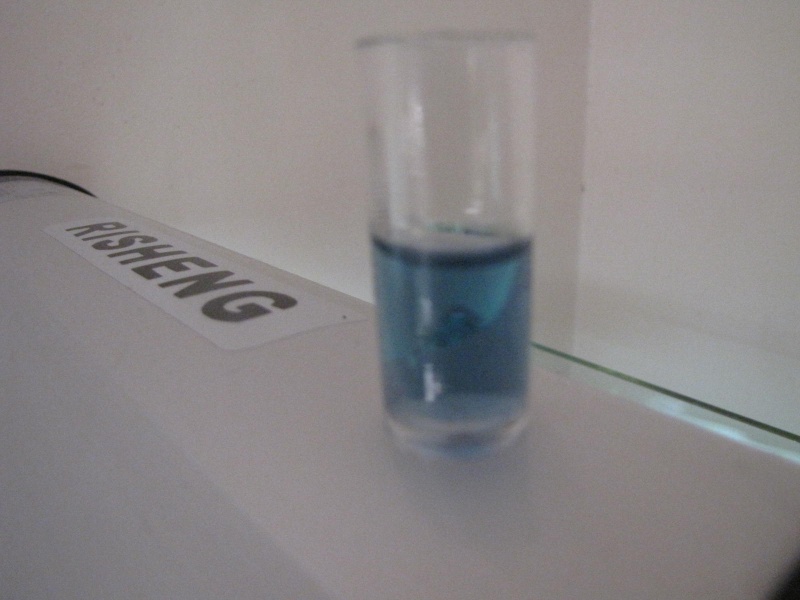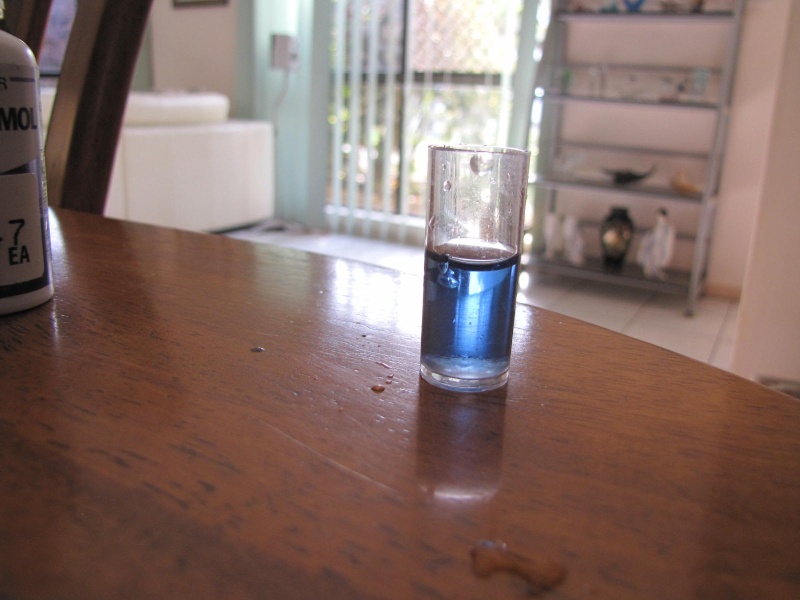Better is Betta
Fishaholic
- Joined
- Feb 9, 2011
- Messages
- 488
- Reaction score
- 0
I am frustrated with the water in my tank.....it won't budge. I'm sure this topic has come up from time to time which I have missed. So can some one tell me how they soften hard water so it will sit on neutral without using chemicals.
My tap water is hard to start with. My tank water will not soften no matter how much I fiddle with it.. If I kept cichlids then It would be great I wouldn't have an issue.
I have a log, plants, a medium volcanic rock and some small smooth rocks and a very basic gravel substrate in my tank.. Its just a mix of sand and gravel....the same stuff you use when laying cement foundations, we call it pre mix gravel.
So is it the gravel and rocks that keeps the water hard as well as my tap water. Some people use peat moss under the substrate to soften water but I think that causes problems. Long story but I've tried it without success.
I thought having a log in my tank would bring the water down. I change the water once a week doing half, half and it doesn't affect the ph at all. If I don't change it and let it sit for more a week it gets worse. I've even let the tap water sit for a couple of days before adding it to the tank and that didn't help.
When I did use a chemical to bring the ph down it was very temporary, only lasted for a day or so then back to being high again.
I have an external waterflow filter. I'm just wondering if an air stone might help. I just don't know so any pointers as to what I need to do will be appreciated.
This is my planted tank.

The hardness in my tank water

The hardness in my tap water.

My tap water is hard to start with. My tank water will not soften no matter how much I fiddle with it.. If I kept cichlids then It would be great I wouldn't have an issue.
I have a log, plants, a medium volcanic rock and some small smooth rocks and a very basic gravel substrate in my tank.. Its just a mix of sand and gravel....the same stuff you use when laying cement foundations, we call it pre mix gravel.
So is it the gravel and rocks that keeps the water hard as well as my tap water. Some people use peat moss under the substrate to soften water but I think that causes problems. Long story but I've tried it without success.
I thought having a log in my tank would bring the water down. I change the water once a week doing half, half and it doesn't affect the ph at all. If I don't change it and let it sit for more a week it gets worse. I've even let the tap water sit for a couple of days before adding it to the tank and that didn't help.
When I did use a chemical to bring the ph down it was very temporary, only lasted for a day or so then back to being high again.
I have an external waterflow filter. I'm just wondering if an air stone might help. I just don't know so any pointers as to what I need to do will be appreciated.
This is my planted tank.

The hardness in my tank water

The hardness in my tap water.


